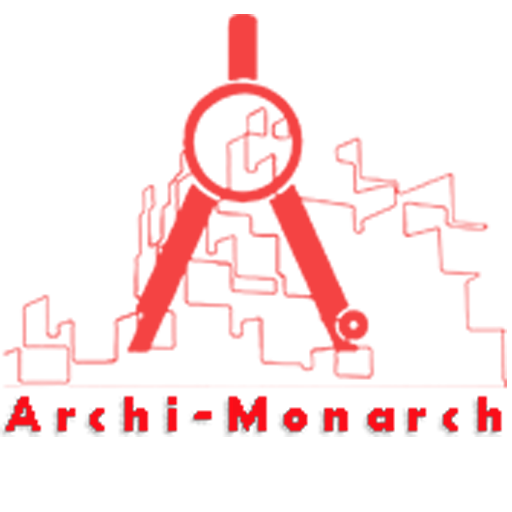Tremix flooring is a specialized type of concrete flooring often used in basement construction due to its durability, dust-free finish, and ability to withstand heavy loads. The Tremix process involves a vacuum dewatering system that removes excess water from freshly laid concrete, resulting in a denser, stronger, and more wear-resistant surface.
In architectural applications for basements, this method is particularly favored for parking areas, storage rooms, and service zones where a hard, level surface is essential.
The process typically includes spreading a well-mixed concrete layer, leveling it with a screed, applying vacuum dewatering through a vacuum mat and pump, and then finishing the surface with power trowels for smoothness.
The final result is a monolithic, high-strength concrete floor that minimizes dust, reduces maintenance, and increases the lifespan of the basement flooring. Proper curing and joint cutting are crucial steps to avoid cracks and ensure long-term performance.
If you want to know about the submission drawing or lift lobby and atrium detail or standard detail, please click the link.
Image of Tremix detail for basement detail and downloadable (in DWG) link below

Tremix detail for basement detail drawing – 1
Tremix detail for basement in construction drawings refers to the technical representation of how a Tremix concrete floor is constructed in a basement setting. These drawings are crucial for ensuring the proper execution of the Tremix process on site and typically include cross-sectional and plan views with detailed notations.
Here’s a breakdown of what’s usually included in a Tremix detail drawing for a basement:
Typical Tremix Detail Components in a Drawing:
Sub-base Preparation:
- Well-compacted earth or moorum layer.
- Granular sub-base (GSB) or coarse sand (usually 100–150mm thick) for drainage and leveling.
- Anti-termite treatment if specified.
PCC (Plain Cement Concrete) Layer:
- Often a 100mm thick M10 grade concrete base.
- Acts as a leveling surface for the Tremix floor.
Tremix Flooring Layer:
- Concrete Layer: Generally 100–150mm thick, using M20–M25 grade concrete.
Surface Finishing:
- Mechanical vibration and screeding.
- Vacuum dewatering using Tremix equipment.
- Power troweling for smooth finish.
- Sometimes, dry shake hardeners are applied for surface strength.
Construction/Expansion Joints:
- Shown at regular intervals to prevent cracks.
- Detailed with joint fillers (e.g., bitumen board) and sealant.
Curing Notes:
- Wet curing methods like covering with wet hessian cloth for a minimum of 7 days.
Reinforcement (if applicable):
- May include welded wire mesh or steel bars depending on load conditions.
Slope Details:
- Indicated if drainage is required, typically 1:100 slope towards a drain or sump.
How It Appears on a Drawing:
- Section View showing all layers from sub-base to finished floor level.
- Material specifications and layer thicknesses marked clearly.
- Annotations for equipment used (like vacuum pump line).
- Dimensioning of joint spacing and slab panels.
- Drainage provisions or slope directions indicated with arrows.
Our tips to help you improve your architectural Tremix detail for basement detailing.
